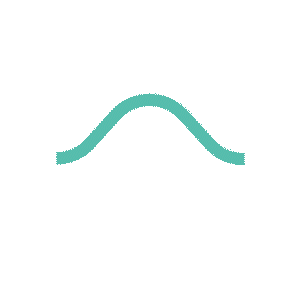Meiofauna comprises organisms living in aquatic sediments that are less than about 1 mm and greater than about 30 μm in size. Due to their high densities, widespread distribution, and their important role in benthic food webs, these organisms sustain important ecological processes, contributing to nutrient cycling and energy transfer to higher trophic levels. They are mainly found in and on soft sediments, but also on phytal components and other types of substrates, and their distribution and diversity are affected by several abiotic and biotic factors acting on different spatial scales. Meiofauna offers several advantages for the study of marine benthic ecosystems, representing a suitable model for the study of marine biodiversity and distribution patterns of benthic marine organisms in different ecosystems and providing information about responses of the benthic communities to different natural and anthropogenic impacts. This seminar summarizes my scientific research experiences and some outcomes of works concerning different aspects of the study of meiofauna aimed to test different ecological hypotheses in various environmental contexts, from intertidal rocky shores to extreme marine ecosystems.
Collegamento WEBEX:
https://cnronline.webex.com/cnronline/j.php?MTID=mee9ed5ac4049a6b7b8adf0cf915468df
“Partecipando a questo incontro, accetti che lo stesso venga registrato e reso disponibile sul cloud di ISMAR. Dalla registrazione verranno eliminati lista dei partecipanti e chat”
Ricordiamo a tutti di tenere spento il proprio microfono. Accenderlo solo in caso di intervento.
“By accessing this meeting you acknowledge that it will be recorded and made available on the ISMAR cloud. Chat and participant list will not be recorded.”
We ask everybody to mute their microphone, unless intervening. Please write your questions in the chat
Il gruppo seminari CNR-ISMAR, Alessandra Conversi (Lerici), Filomena Loreto (Bologna), Gianluigi Liberti (Roma) e Camilla Palmiotto (Bologna).
Download:












